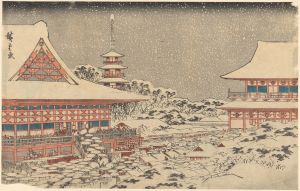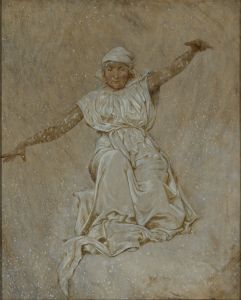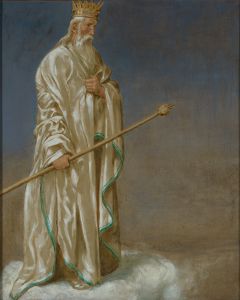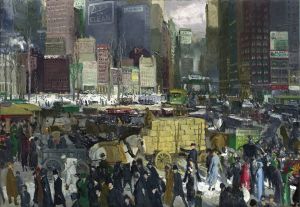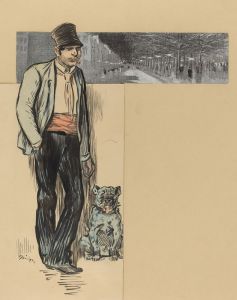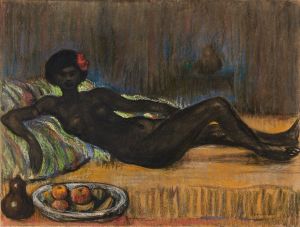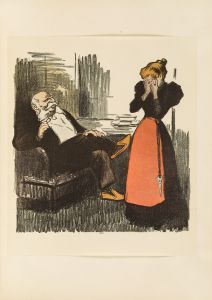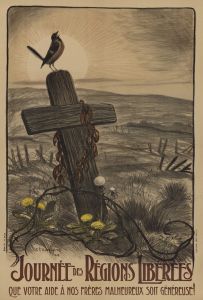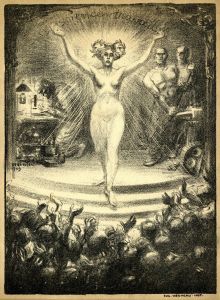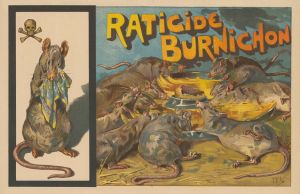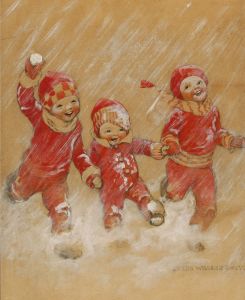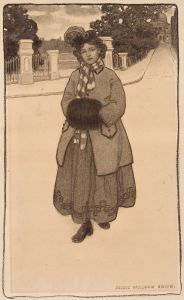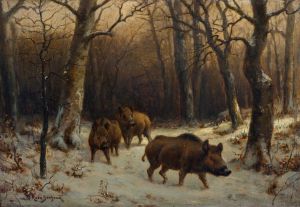
Hot Chestnuts
A hand-painted replica of Théophile Alexandre Steinlen’s masterpiece Hot Chestnuts, meticulously crafted by professional artists to capture the true essence of the original. Each piece is created with museum-quality canvas and rare mineral pigments, carefully painted by experienced artists with delicate brushstrokes and rich, layered colors to perfectly recreate the texture of the original artwork. Unlike machine-printed reproductions, this hand-painted version brings the painting to life, infused with the artist’s emotions and skill in every stroke. Whether for personal collection or home decoration, it instantly elevates the artistic atmosphere of any space.
Théophile Alexandre Steinlen, a Swiss-born French artist, is widely recognized for his contributions to the art world during the late 19th and early 20th centuries. Best known for his posters, illustrations, and paintings, Steinlen often depicted scenes of everyday life in Paris, particularly focusing on working-class individuals and urban landscapes. Among his works is the painting Hot Chestnuts (Les Marrons Chauds), which exemplifies his ability to capture the essence of Parisian street life with a sense of warmth and humanity.
Hot Chestnuts portrays a street vendor selling roasted chestnuts, a common sight in Paris during Steinlen's time. The painting reflects Steinlen's interest in the lives of ordinary people, a recurring theme in his oeuvre. His work often highlighted the struggles and dignity of the working class, and this piece is no exception. The vendor, likely a woman, is depicted tending to her small chestnut stand, surrounded by the hustle and bustle of urban life. Steinlen's use of muted tones and soft lines adds a sense of intimacy and realism to the scene, drawing the viewer into the daily rhythms of Parisian streets.
Steinlen was closely associated with the artistic and literary circles of Montmartre, a neighborhood in Paris that was a hub for bohemian culture during the Belle Époque. He contributed illustrations to various publications, including the satirical journal Le Chat Noir, and was influenced by the social realism movement. His works often carried a subtle social commentary, reflecting his empathy for the marginalized and his keen observation of societal dynamics.
While Hot Chestnuts is not as widely recognized as some of Steinlen's other works, such as his iconic poster for the cabaret Le Chat Noir, it remains an important example of his dedication to portraying the lives of everyday people. The painting demonstrates his skill in combining artistic beauty with a narrative that resonates on a human level.
Steinlen's legacy as an artist lies in his ability to bridge the gap between fine art and popular culture, creating works that were both accessible and deeply meaningful. Hot Chestnuts stands as a testament to his talent for capturing the spirit of his time and place, preserving the fleeting moments of Parisian life for future generations to appreciate.





